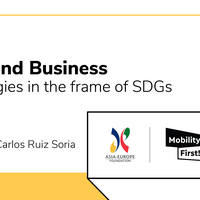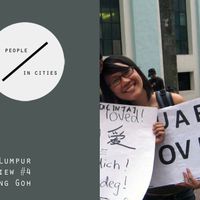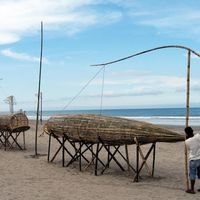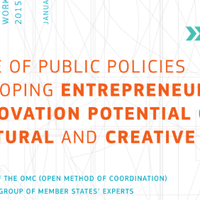Culture and the Sustainable Development Goals: Shaping perceptions and inspiring change
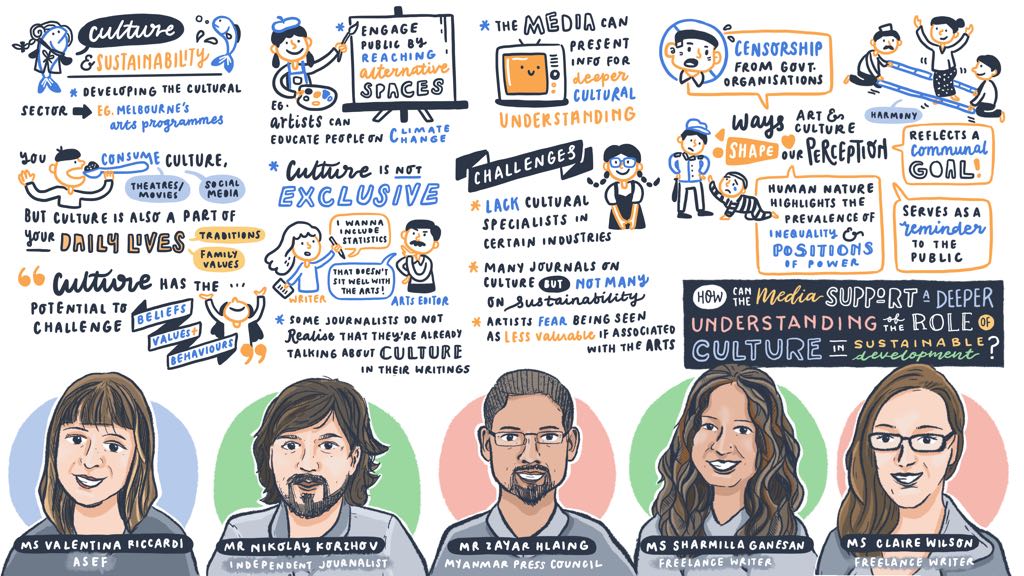
Culture is increasingly recognised as an important dimension for achieving the Sustainable Development Goals, a group of 17 interrelated global goals and 169 targets that cover a range of development issues. Cultural approaches can inspire positive and much-needed change as well as enable critical reflection.
From 17 to 19 November, ASEF supported the 11th ASEF Journalists’ Seminar (ASEFJS11) in conjunction with the 13th ASEM Foreign Ministers’ Meeting (ASEM FMM13) in Naypyidaw, Myanmar. With the theme of “Shaping Public Perceptions and Minds towards Achieving the SDGs”, the seminar brought together over 40 journalists and experts from Asia and Europe.
Sustainable development challenges are interconnected and in order to achieve progress a coordinated and transversal effort is needed across all sectors. With their creative and agile approach, cultural practices can add to the discussion and reinforce the goals in a way that people can relate to and in a way that impacts people’s daily lives. Culture is not separate from sustainable development goals, but rather is integral to their success.
As The Committee on Culture of the world association of United Cities and Local Governments (UCLG) observes in the draft report “Culture in the Sustainable Development Goals: A Guide for Local Action” (PDF):
‘as evidence collected over the years has amply demonstrated, cultural aspects, including active participation in cultural life, the development of individual and collective cultural liberties, the safeguarding of tangible and intangible cultural heritages, and the protection and promotion of diverse cultural expressions, are core components of human and sustainable development.’
The relation between culture and sustainable development involves both the sustainability of the cultural sector itself as well as the incorporation of culture in the debate around Sustainable Development Goals. Approaching culture and sustainable development from these two perspectives encourages self-reflection within the creative industries (Are our performance buildings reducing their carbon footprint? Are the materials we’re using sustainably sourced? Is our organisation inclusive and diverse?) as well as acknowledging of the role of culture in the overall context of human development.
What can culture do to help achieve Sustainable Development Goals?
In many cases the science for the importance of sustainable development is available – for example scientists have been warning about impact of climate change for many years. But why is behavioural change lagging behind? The challenge lies in communicating the importance of sustainable development in a way that changes the way people think and act. This is where culture has a real opportunity to make a difference.
Cultural practices have the capacity to challenge long held beliefs, values and behaviours. Artistic practices pose questions (such as why are we still using plastics even though they are so harmful to the sea?) and open the discussion as to what long-held assumptions are preventing people from changing their behaviour. In order to inspire change it is not enough to just present the problems. Rather than pointing the finger and telling people they are doing things wrong, art creates an environment where creative thinking and finding solutions is encouraged.
The MONDO Project in Sydney’s western suburbs identified a problem (youth disengagement and lack of community) and experimented with creative solutions. The project challenged anti social behaviour in economically affected young people every Thursday afternoon and evening in a public space in western Sydney. They provided free activities, including music, performance and training in a number of artistic practices and mediums. The activities created a communal space that everyone would feel comfortable sharing and provided new skills for young people in areas that they were interested in, such as music production. This changed the space from a place of conflict to an inclusive, safe and resilient environment through creative practice.
Through these projects, culture is able to make the link from the big and often abstract problems to connect to the smaller scale and the personal. By connecting emotionally with the challenges of sustainable development, culture is able to demonstrate how attitudinal change is possible. Many participants of the MONDO Project had been dismissed as trouble-makers, but with creative solutions perceptions changed.
As Hannah Van Den Bergh from Julie’s Bicycle observes,
‘As a society we need to build the confidence to believe that a different, sustainable way of living is possible’. By showing the possibilities alongside the challenges, culture can inspire people to act, rather than be overwhelmed by the problems.
Constructive journalism as a way forward for the Sustainable Development Goals
A key theme discussed during the Journalist Seminar was the potential of constructive journalism to present possible solutions to the seemly overwhelming challenges facing contemporary society. Constructive journalism refers to an ‘approach that aims to provide audiences with a fair, accurate and contextualised picture of the world, without overemphasising the negative and what is going wrong.’ It is a movement that has been increasing momentum with initiatives like the Constructive Journalism Project, the Constructive Institute or Positive News taking up the call.
This balanced and constructive approach is vital given that, according to research from Southampton University, ‘exposure to negatively framed news items…makes people significantly less likely to take positive action than those who saw more positively framed news items.’ However, the balance must be kept between reporting on positive stories and presenting all the facts, a balance which is vital for maintaining the trust of the readers. Constructive journalism then is not about only presenting the positive story, but rather not over emphasising only the negative aspects.
Sophie Rytter from the Denmark-founded World’s Best News highlighted the need for reframing the sustainable development debate and to focus on creative solutions. In her workshop Rytter gave an example of the impact of reframing the debate from statistician Hans Rosling who in an interview pointed out that it’s possible to write a story about the ugliness of his shoe or about his face, but in both cases they are only part of a whole story. World’s Best News puts the Sustainable Development Goals at the heart of their reporting, connecting eah article to the relevant Goals and seeking stories that reflect how the world is making progress. As Rytter commented, their aim is to make the Global Goals famous and to emphasise that the United Nations’ Global Goals for Sustainable Development are in fact achievable.
But the challenge with reporting on the Sustainable Development Goals is that progress happens slowly and it doesn’t always fit in with the news cycles. As a result, achievements in sustainable development achievements can be under reported. In addition, sustainable development is a complex network of challenges and news outlets are not always interested, or do not have the time and resources, to investigate the root causes of the problems, but rather want quick response stories that respond to immediate problems (such as reporting on the aftermath of a natural disaster, as opposed to looking into the on going land management that might have been a contributing factor).
So how can journalists respond to these challenges and engage editors and audiences with the on-going issues of sustainable development? There were several strategies discussed at the Journalist Seminar, including: examining big picture trends and linking them to individual achievements; presenting positive stories of sustainable development and thus displaying the possibilities; returning to issues through recapping events, such as returning to land management issues on the anniversary of a big landslide; incorporate creative methods, such as comics, illustration or multimedia, to engage readers in the issues; and personalise the data and information in order to relate it to reader’s everyday lives.
What does this mean for cultural reporting?
In a time where journalists are increasingly time poor, and where the landscape for cultural journalism is changing in some mainstream media outlets, it is vital to consider creative ways to communicate about culture and sustainable development. This could be approached from two perspectives – incorporating more cultural perspectives within non cultural stories and bringing sustainable development themes to the forefront of cultural reporting. As Malaysian cultural journalist Sharmilla Ganesan observed, not every cultural story needs to be turned into a sustainable development story, but there is the capacity to increase the visibility of sustainable practices in our everyday lives.
Claire Rosslyn Wilson is a poet and non-fiction writer who focuses on writing about arts and multicultural themes. She has eight years of professional experience in resource development and the arts and has worked with international and non-profit organisations in Thailand, Singapore and Australia. She has had her work published in various journals and is currently doing a PhD on creative writing and cultural adaptation. You can follow her on Twitter @clairerosslyn.
Similar content
deadline
08 Oct 2017
17 Oct 2018
posted on
03 May 2022
posted on
04 Jun 2018


